Deep Sea Explorations
2006-2007 Summary Explorations
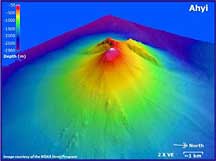 Submarine Ring of Fire 2007 NOAA continued a multi-year series of discovery missions to undersea volcanoes and hydrothermal vents associated with the Submarine Ring of Fire, a large but virtually unexplored province in the Pacific where the Earth’stectonic plates are being forced below the Earth’s crust.
Submarine Ring of Fire 2007 NOAA continued a multi-year series of discovery missions to undersea volcanoes and hydrothermal vents associated with the Submarine Ring of Fire, a large but virtually unexplored province in the Pacific where the Earth’stectonic plates are being forced below the Earth’s crust.
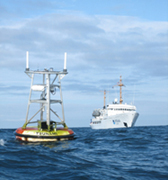 Okeanos Explorer Okeanos Explorer will be operated by the NOAA Marine and Aviation Operations commissioned officers of the NOAA Corps and civilians in support of the NOAA Office of Ocean Exploration. The Corps is composed of officers-all scientists and engineers-who provide operational, management and technical skills supporting NOAA's environmental programs.
Okeanos Explorer Okeanos Explorer will be operated by the NOAA Marine and Aviation Operations commissioned officers of the NOAA Corps and civilians in support of the NOAA Office of Ocean Exploration. The Corps is composed of officers-all scientists and engineers-who provide operational, management and technical skills supporting NOAA's environmental programs.
 Expedition to the Deep Slope 2007This year’s “Expedition to the Deep Slope” expedition will continue our exploration and study of hydrocarbon seep communities deeper than 1000 meters in the Gulf of Mexico. Funded by the Minerals Management Service (MMS), the leader in supporting the scientific characterization of seep communities in the Gulf of Mexico, and the NOAA Ocean Exploration (OE) program.
Expedition to the Deep Slope 2007This year’s “Expedition to the Deep Slope” expedition will continue our exploration and study of hydrocarbon seep communities deeper than 1000 meters in the Gulf of Mexico. Funded by the Minerals Management Service (MMS), the leader in supporting the scientific characterization of seep communities in the Gulf of Mexico, and the NOAA Ocean Exploration (OE) program.
Cayman Islands Twilight Zone 2007 Coral reefs and sunlight are almost synonymous in marine biology since most corals exist in an unusual symbiosis with microscopic plants called zooxanthellae. However, recent evidence indicates that light-limited deep reefs (between 50 and 150m: also known as the “Twilight Zone”¹) are an important transition habitat where many shallow-reef and deep-sea organisms coexist with each other and with species unique to this depth range.
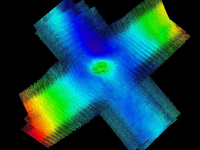 Cumberland
Club 2007
The grant from the NOAA Ocean Explorer education program has
given interested students a once in a life time opportunity
to be part of something real. They all want to come back next
year as senior members to mentor the new Cumberland Club kid,.
Cumberland
Club 2007
The grant from the NOAA Ocean Explorer education program has
given interested students a once in a life time opportunity
to be part of something real. They all want to come back next
year as senior members to mentor the new Cumberland Club kid,.
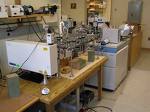 Operation
Laser Line 2006
The laser line scan (LLS) systems utilize a sweeping blue-green
laser to reflect light across the seafloor to generate a gray-scale
image similar to a black and white photograph.Mapping of coral
reefs has been identified as one of the first and most important
steps needed to address the increasing decline of the world's
coral reefs.
Operation
Laser Line 2006
The laser line scan (LLS) systems utilize a sweeping blue-green
laser to reflect light across the seafloor to generate a gray-scale
image similar to a black and white photograph.Mapping of coral
reefs has been identified as one of the first and most important
steps needed to address the increasing decline of the world's
coral reefs.
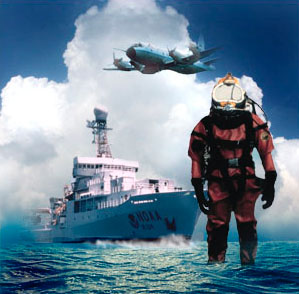 The
Lost City 2005
This exploration introduced a new methodology for marine fieldwork.
Scientists used satellites to view and analyze data without
being on a ship at sea.ive pictures of the white chimneys
of Lost City will travel from 2,100 feet below sealevel to
the NOAA ship Ronald H. Brown, across the ..
The
Lost City 2005
This exploration introduced a new methodology for marine fieldwork.
Scientists used satellites to view and analyze data without
being on a ship at sea.ive pictures of the white chimneys
of Lost City will travel from 2,100 feet below sealevel to
the NOAA ship Ronald H. Brown, across the ..
Aegean And Black Sea 2006 From April to June 2006, scientists from the University of Rhode Island lead an expedition to study the archaeology and geology of the Aegean and Black Seas aboard two research vessels the Greek R/V AEGAEO....
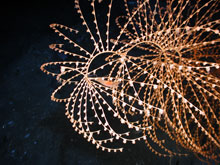 Lophelia
II 2008: Deepwater Coral Expedition: Reefs, Rigs, and Wrecks
This is the first cruise of a 4-year project funded by the
US Mineral Management Service (MMS) and the NOAA Office of
Ocean Exploration and Research (OER) to explore new deepwater
coral communities at both natural and man-made sites.
Lophelia
II 2008: Deepwater Coral Expedition: Reefs, Rigs, and Wrecks
This is the first cruise of a 4-year project funded by the
US Mineral Management Service (MMS) and the NOAA Office of
Ocean Exploration and Research (OER) to explore new deepwater
coral communities at both natural and man-made sites.
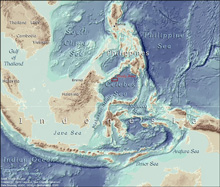 Exploring
the Inner Space of the Celebes Sea
The expedition takes us to unexplored waters south of the
Philippine Islands, in search of the strange, and possibly
unknown, fishes, jellyfish, squids and shrimp that live in
the dark deep waters of the Celebes Sea. Surrounded by much
shallower ocean waters, ..........
Exploring
the Inner Space of the Celebes Sea
The expedition takes us to unexplored waters south of the
Philippine Islands, in search of the strange, and possibly
unknown, fishes, jellyfish, squids and shrimp that live in
the dark deep waters of the Celebes Sea. Surrounded by much
shallower ocean waters, ..........
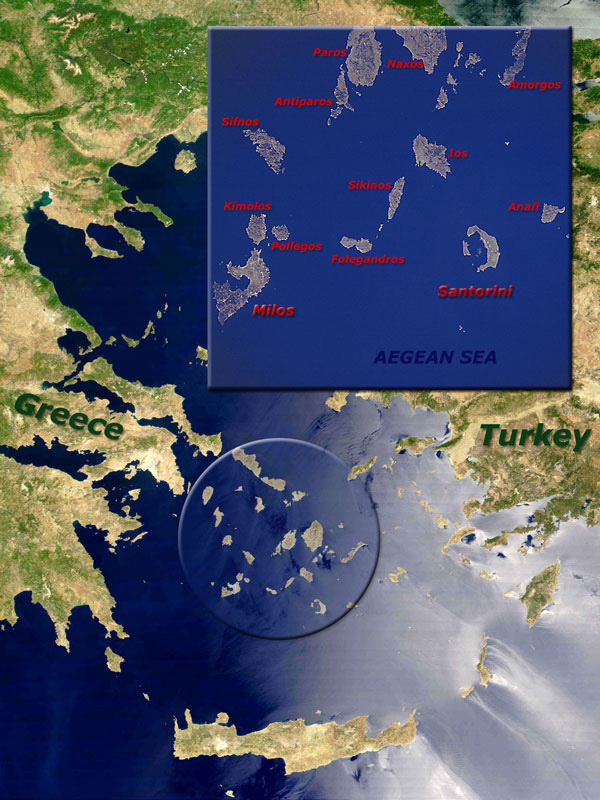 Project PHAEDRA 2006 From June 25 to July 4, a Woods Hole Oceanographic Institution and Hellenic Center for Marine Research - led team of engineers, geologists, geochemists, archaeologists, and historians will embark on the Greek research vessel Aegaeo to explore deep sites within Greek national waters.
Project PHAEDRA 2006 From June 25 to July 4, a Woods Hole Oceanographic Institution and Hellenic Center for Marine Research - led team of engineers, geologists, geochemists, archaeologists, and historians will embark on the Greek research vessel Aegaeo to explore deep sites within Greek national waters.
 Deep Sea Crabs
Deep Sea Crabs